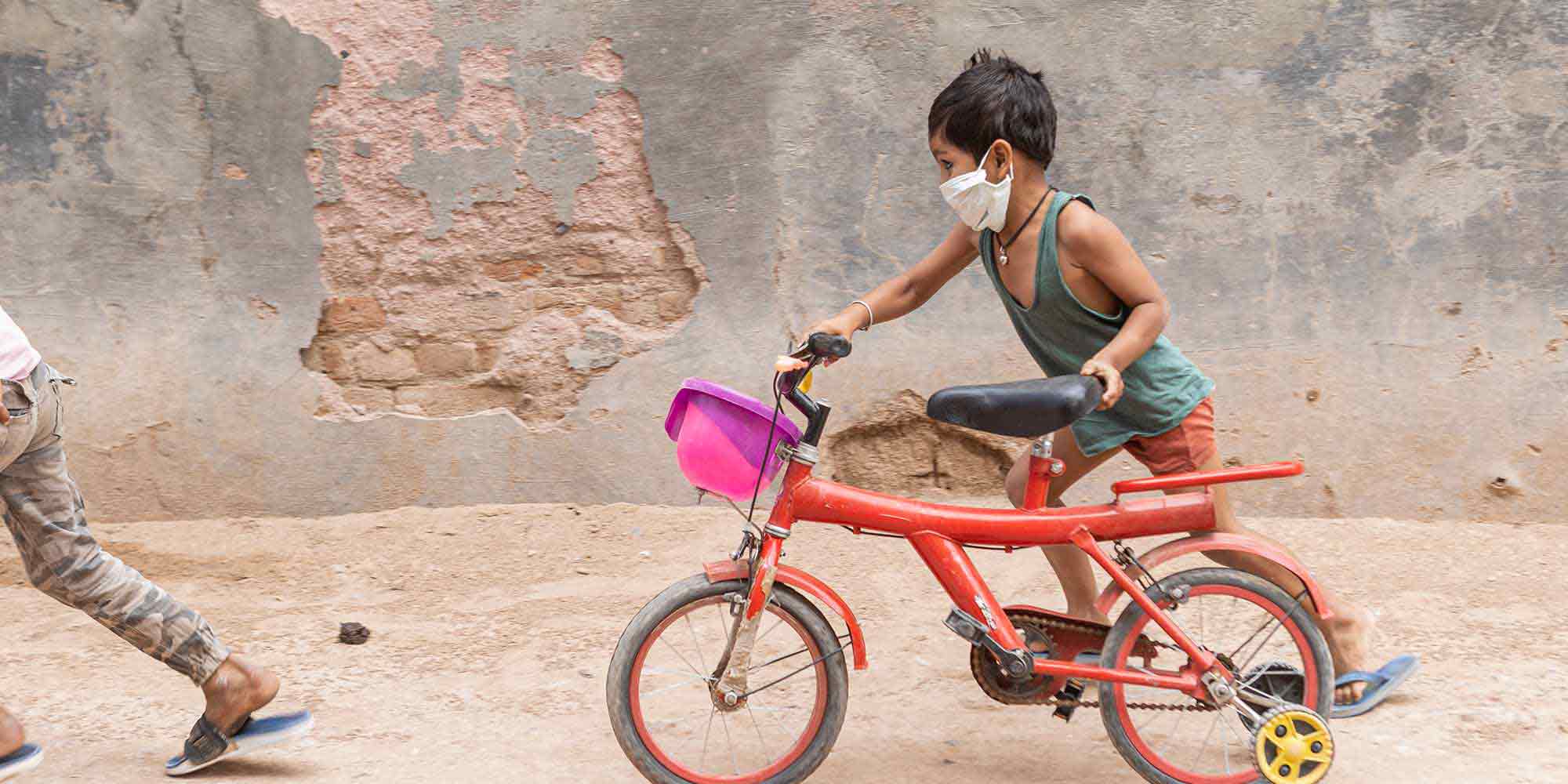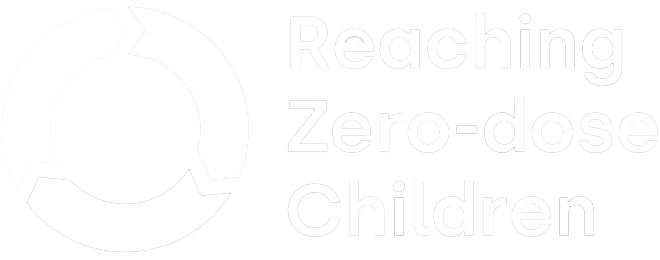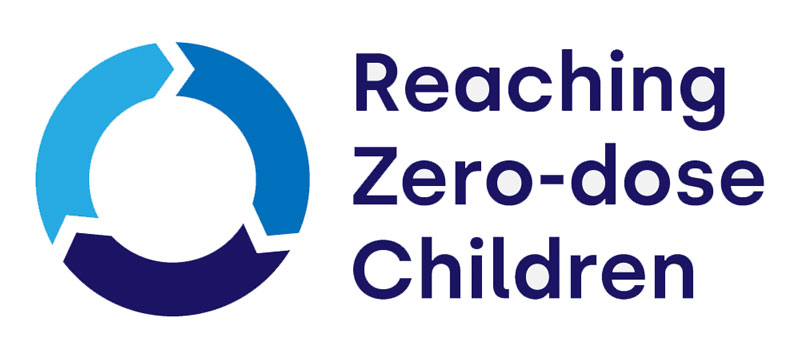About one in seven children in Gavi-supported countries do not receive a single dose of routine vaccines. To reach these missing millions in the 2021–2025 strategic period, Gavi is bringing a much stronger focus on reaching the most marginalised by strengthening primary health care (PHC) systems, building and sustaining community demand, addressing gender-related barriers and using innovation to ensure that immunisation services reach these children. The goal: to reduce the number of zero-dose children by 25% by 2025, and by 50% by 2030.
Defining the zero-dose child
‘Zero-dose’ children are those who have not received even a single vaccine shot. For operational purposes, Gavi defines zero-dose children as infants who have not received the first dose of diphtheria, tetanus, and pertussis-containing vaccine (DTP1) by the end of their first year of life.
Under-immunised children are defined as infants who have not received the third dose of DTP-containing vaccine (DTP3) by the end of their first year of life.
Missed communities are home to clusters of zero-dose and under-immunised children. These communities often face multiple deprivations and vulnerabilities, including lack of services, socio-economic inequities and often gender-related barriers.
ACCESS ZERO-DOSE RESOURCES DATABASE
A call to action
Of the 15.6 million infants in the 57 Gavi-supported countries who were not fully vaccinated with DTP3 in 2023, 11 million did not receive an initial dose, pointing to a lack of access to immunisation services.
A further 4.6 million were partially vaccinated without completing the required three-dose schedule in the first year of life.
ANNEXES
- A: Gavi 5.1 Strategy
- B: The different types of Gavi support and their role in improving the equity of immunisation and reaching ZD children
Zero-dose learning hub
This Hub helps identify and reach zero-dose children and missed communities.
Zero-dose community
A platform for experts striving to reach zero-dose children with life-saving immunisation.



